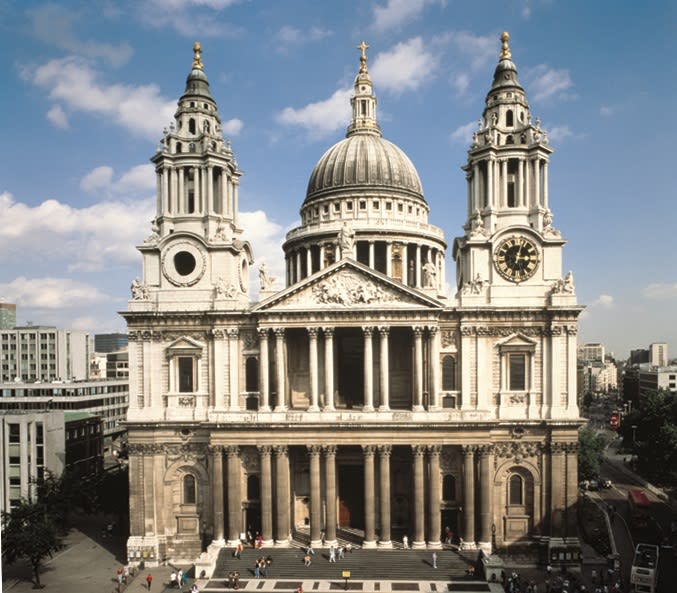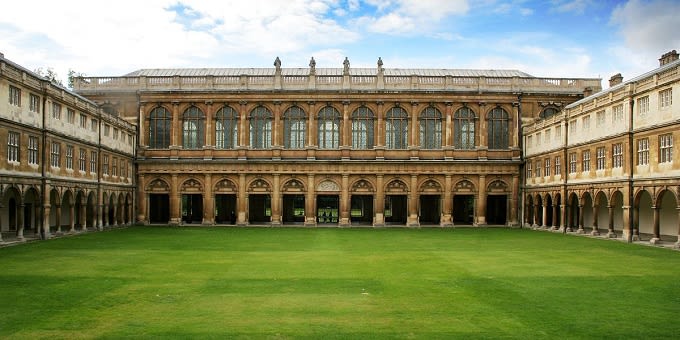Discover These Top Facts about Christopher Wren
Discover more about one of Britain's greatest architects with these top facts about Christopher Wren!
St Paul's Cathedral, the Royal Observatory, the facade of Hampton Court Palace and the Monument: these are just a few of the masterpieces of British architect Christopher Wren. The visionary revived and defined the look of London following the Great Fire of London and was a favourite with the royals, leading a colourful life that's well worth delving into. Here's a few facts about Christopher Wren you should know.

Wren could have had a very different life as an astronomist
Christopher Wren was a passionate scientist with a big penchant for astronomy, which he excelled at. He translated seminal astronomical works into Latin and was well-versed in the subject, becoming a professor of astronomy at Oxford. However as the years went by, he was wrangled into a project in 1662 helping design the Sheldonian Theatre in Oxford and never looked back since.
The Great Fire of London actually opened doors for Wren
While the tragedy that befell London in 1666 decimated most of London, it provided lucrative work for architects commissioned to rebuild the city from scratch. Over this period, he built 52 churches and was commissioned by the royals to build hospitals as well as to give Hampton Court Palace a little facelift.

His gravestone is laid to rest in one of his own creations
Wren is perhaps best known for his work designing St Paul's Cathedral, which is also where he was buried after his death in 1723. His gravestone is transcribed with the Latin text, 'If you seek his memorial, look about you.'
His designs for St Paul's Cathedral were initially rejected
St Paul's Cathedral is Wren's most notable masterpiece, however initial drafts of the structure were actually rejected by Parliament. This happened a couple of times and you can actually still see early drafts of the building online, which retain his dramatic Baroque sensibility. Third time was the charm for Wren and the work finally got started, though it took a little while. Learn more about this iconic London landmark with our Top 10 Facts about St. Paul's Cathedral!
It took over 30 years for St Paul's Cathedral to be fully built
Building on St Paul's Cathedral started in 1675 before it was opened to the public in 1697, which took over two decades to finish. However even though people were filing in for mass, the work was incomplete as its iconic done wasn't constructed and the commissioners laid down an ultimatum - until the project was completed, he would only be paid half. Given that the iconic dome took a further 13 years to wrap up, it was dark times for Wren.

London isn't the only city filled with Wren masterpieces
The project that kickstarted Wren's career was a theatre out in Oxford and although a bulk of his work is located in London, there's a few more scattered around the country. From Cambridge to Oxford to London, he got around quite a bit which made sense given that he was a royal architect.
He has a piece of Mercury named after him
Astronomists have had the fun task of naming Mercury's various craters and they've introduced a little rule - all new craters should be named for accomplished creatives with over 50 years of experience and who have been dead for over 3 years. Wren ticked all the boxes, meaning he now has a crater on Mercury.